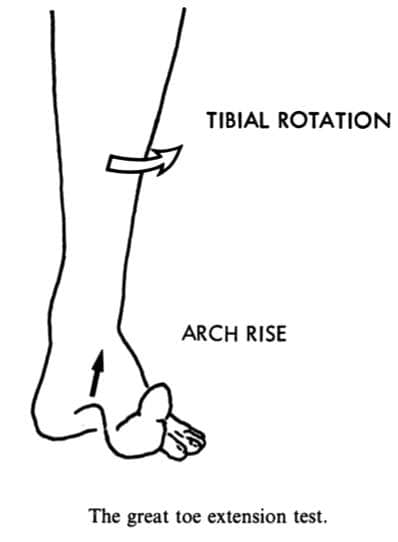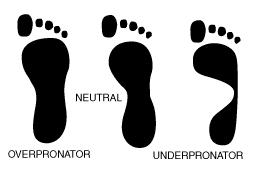I have recently had a number of relatives and patients coming over with their children for an opinion on flat feet and it is interesting that most of them have gleaned a lot of information off the net, from friends and possibly from their friendly neighborhood aunty-pakcik-makcik too.
To start off this session it is necessary to understand how the foot develops in order to have an idea (and possibly worry a teeny weeny bit less) about flat feet.

At birth, the newborn usually has the foot turned outwards (eversion) and upwards (dorsiflexion). This is due to the natural position in utero. As the child starts standing – usually around the age of one year, the foot nearly always looks flat, particularly because there is a large pad of fat on the inner side of the foot. This is a normal.
As the child grows further, walking makes the child’s feet look particularly flat. This is especially so, as the initial way of walking involves the foot being turned outwards. The arch of the foot starts developing at the age of 3 onwards. If it doesn’t, and the feet remain flat, it is important to get a consultant to check for flexibility of the child in general and the foot in particular. Usually the child is more flexible and these feet are then called flexible flat feet which in principle require no treatment.

Simple tests for flat feet include:
- Great Toe Extension Test – moving the great toe upwards and seeing if the arch at the inner part of the foot forms. If so, don’t worry! This means that in function, the arch does develop and biomechanically the foot is sound.
- The Toe Off – In older children, you could ask them to tip toe while viewing from the back. Forming of a curve in the inner part of the foot with the heel turning inwards denotes good function.
- If these tests seems complicated (or the way I explain then causes headaches, consider the simple wet tissue test – this helps determine whether the foot is flat in the first place). Get the child to step on a blotting paper or tissue after stepping into water first. The pattern formed indicates whether the foot is flat (overpronating).
When do you worry? Please consider an early consultation if the child complains of pain over the inner and outer part of his feet – flexible flat feet are usually pain free. This is especially so if the foot seems rigid and less flexible. As always, when in doubt, please visit your friendly Orthopod!!
Share:
Was this article helpful?
Share:
Was this article helpful?
Health Packages
Elevate your health with tailored health packages at Columbia Asia Hospital. Take charge of your health journey today.
Pink October 2025
From
RM80
HLA Policyholders Promo: Influenza Vaccination
RM65
Find Out MoreAIA Policyholders Self-pay Benefits
Pink October 2024
From
RM80

